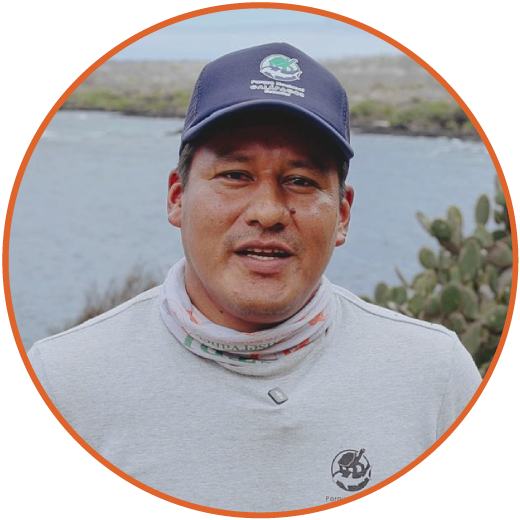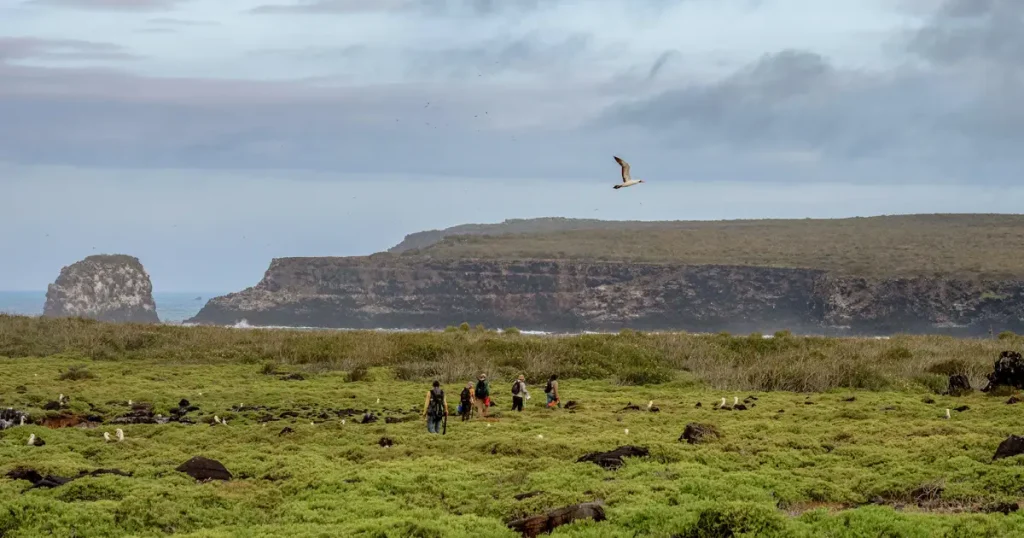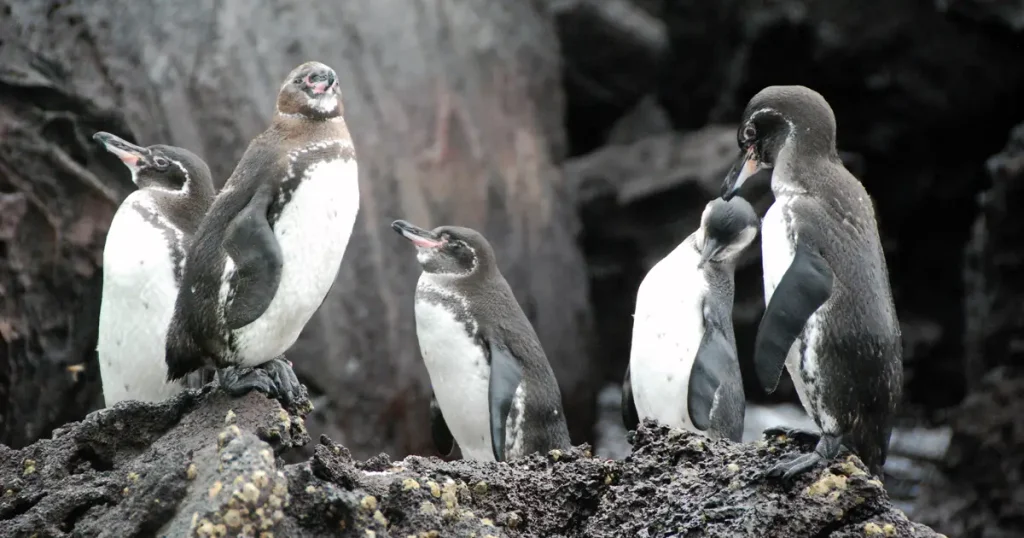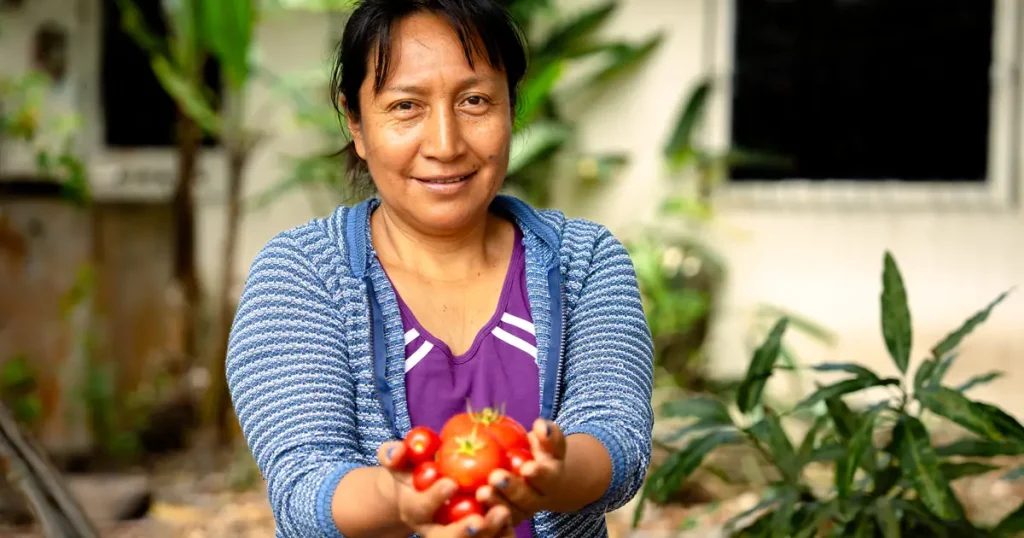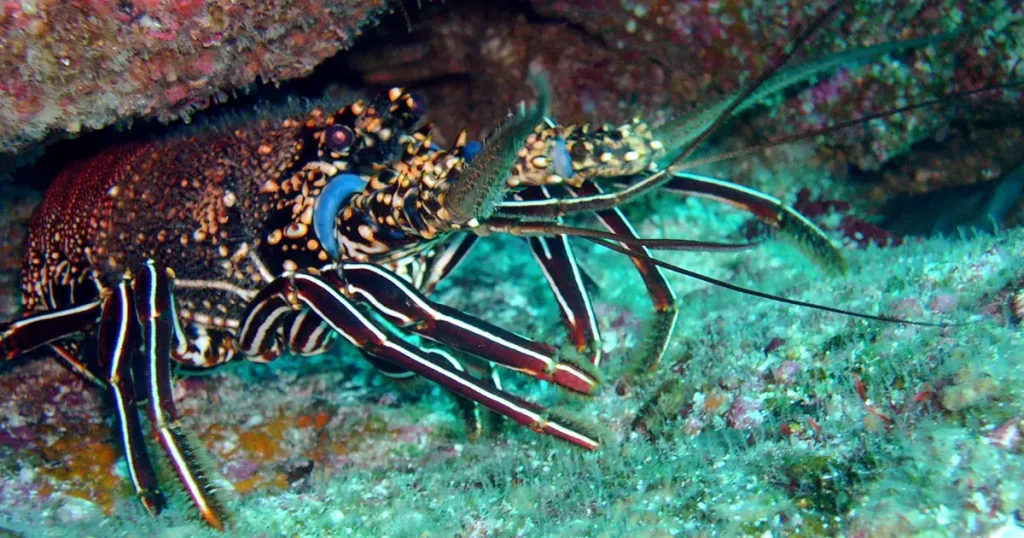Santiago Welcomes a Thousand New Allies to Help Heal the Island
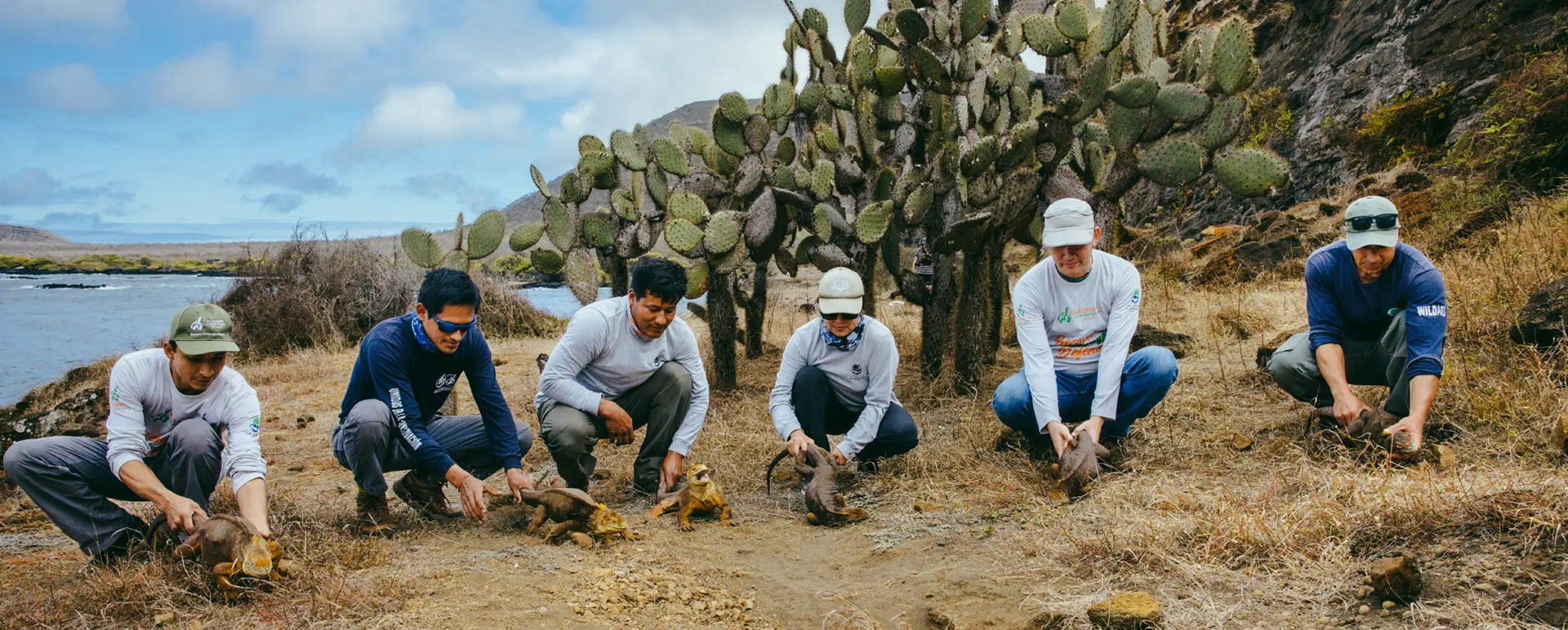
A thousand land iguanas were relocated from North Seymour Island to Santiago Island between August and September 2025, as part of a collaborative, science-based effort to restore essential ecological processes in the Galápagos.
With steady hands and a calm grip, young scientist Adrián Cueva holds an iguana by the base of its tail and gently places it on the ground. The animal stays still for a few seconds, as if sensing the terrain, then lifts its head, moves forward with purpose, and disappears into the brush. It’s a brief moment—but one full of meaning. A species that vanished from this island nearly two centuries ago is now reclaiming its place.
That scene was repeated a thousand times in recent weeks as part of a major joint operation by Galápagos Conservancy and the Galápagos National Park Directorate. Each newly released iguana represents a tangible step toward reviving the natural dynamics that once defined this critical ecosystem.
Restoration in Motion: A Story with Deep Roots
In the early 1800s, land iguanas vanished entirely from Santiago Island. The last confirmed sighting was recorded by Charles Darwin in 1835. Just three years later, in 1838, they were gone. Their local extinction was the direct result of invasive species—pigs and goats introduced by humans—that devastated nests, vegetation, and critical habitat.
For the better part of two centuries, Santiago was left without these essential reptiles. As a result, the soil became more compact, the vegetation denser, and natural seed dispersal nearly disappeared. The ecosystem, though still standing, had lost one of its key players.
That began to change in 2019, with the first large-scale reintroduction of land iguanas from North Seymour. More than 1,400 individuals were released into strategic areas across the island. Additional releases followed in 2020 and 2021, bringing the total number of iguanas reintroduced to Santiago to over 4,000. By 2022, monitoring teams were reporting active burrows, juveniles in the wild, and clear signs of reproduction—the species was adapting, thriving, and reoccupying its ecological niche.
From a Crowded Island to One Seeking Balance
North Seymour Island faces a different challenge. Land iguanas introduced there in the 1930s from Baltra have multiplied to over 6,000 individuals. This overpopulation is straining the island’s vegetation and affecting bird nesting areas.
The relocation to Santiago, then, offers a dual benefit: easing ecological pressure on North Seymour while accelerating restoration on Santiago.
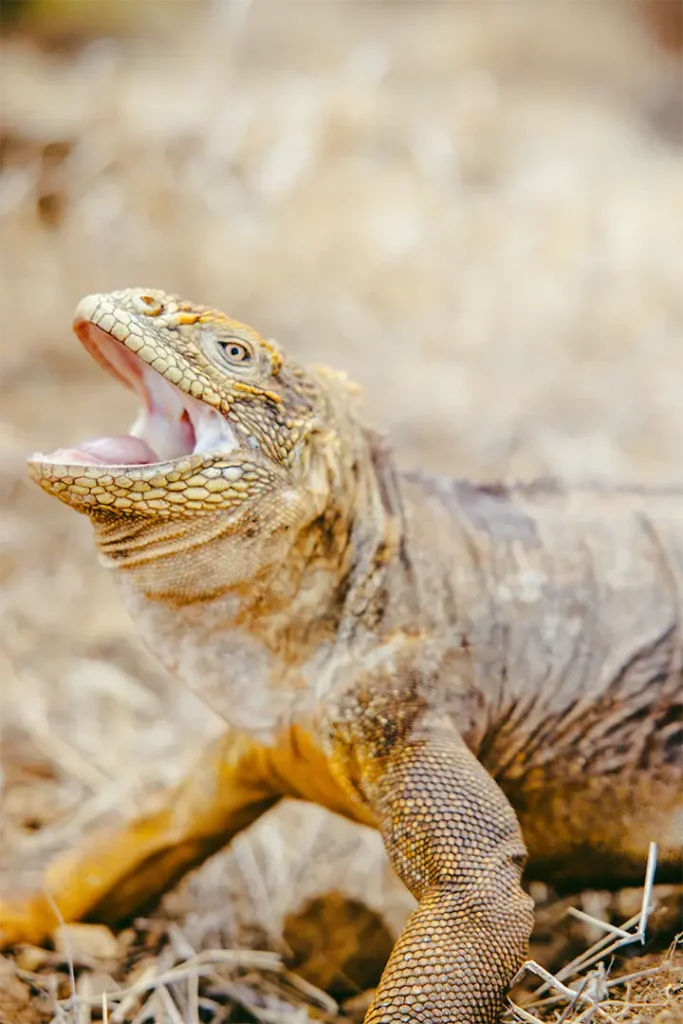
Every Iguana’s Journey: Built on Science and Care
Behind every release is a meticulous process that begins well before the final journey. Once captured on North Seymour, each iguana enters a strict quarantine at the Galápagos National Park Directorate’s facilities in Santa Cruz. Health checks are performed, morphometric data collected, and each individual is fitted with a subcutaneous microchip for long-term tracking.
The quarantine also ensures the iguanas expel any seeds they may have ingested on North Seymour, preventing the spread of non-native plant species to Santiago. Only after several days of careful observation are they cleared for release.

The sea journey to Santiago takes several hours, with landings at carefully selected release sites like Puerto Nuevo and Buccaneer Cove—areas that provide suitable vegetation, natural shelter, and room to adapt.
Restoration Walks on Four Legs
These land iguanas aren’t just returning to the island—they’re bringing renewal with them. As they dig, stir the soil, and disperse seeds, they support the regeneration of native plants and help the ecosystem recover and remain vital.
The impact is already visible. A growing number of juveniles confirms not only survival, but successful reproduction. Today, Santiago is beginning to recover the ecological networks it lost nearly 200 years ago.
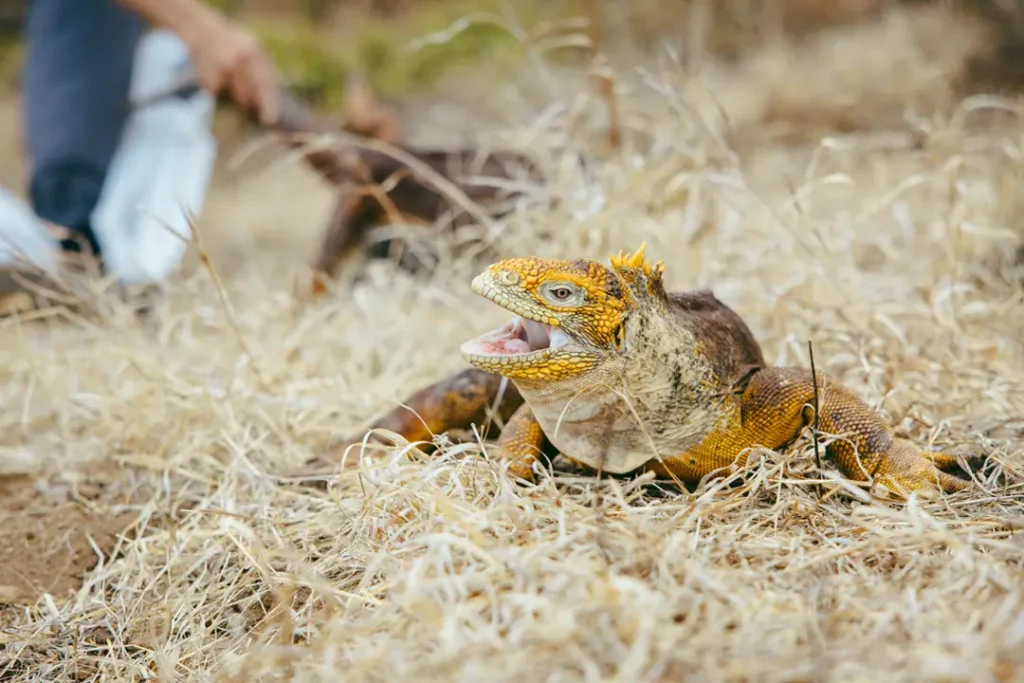
This is no improvised operation. It’s the result of years of monitoring, collaborative planning, and science-driven decisions—a shared effort by the Galápagos National Park Directorate and Galápagos Conservancy, writing one of the archipelago’s most inspiring stories of restoration.
Ultimately, this isn’t just a translocation. It’s a bold step toward a healthier future for an island.
Each iguana matters. Every step counts.
Because when life returns, a story of restoration unfolds
Share:

